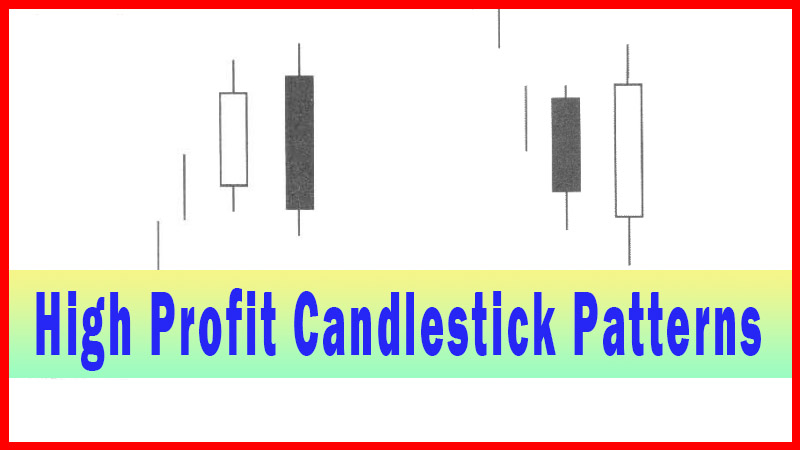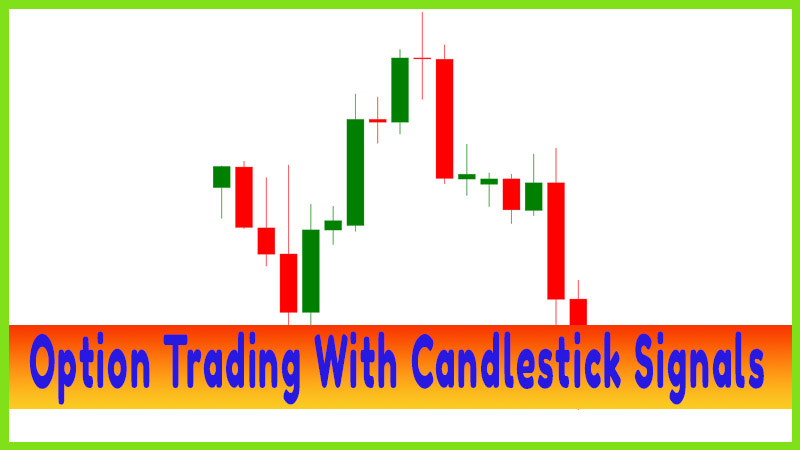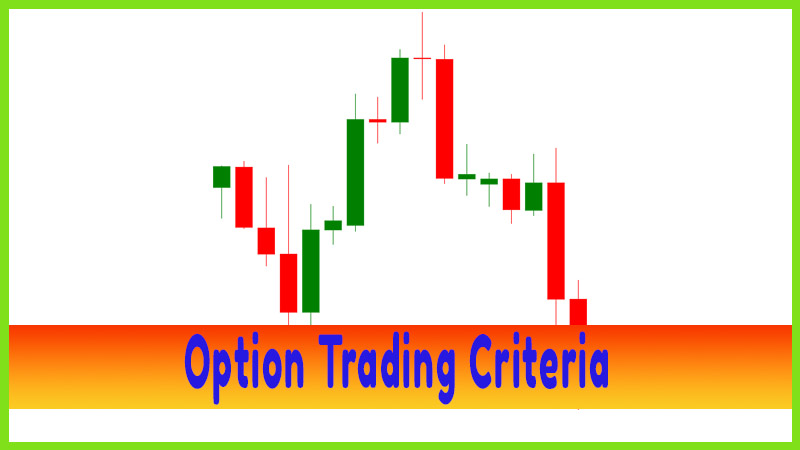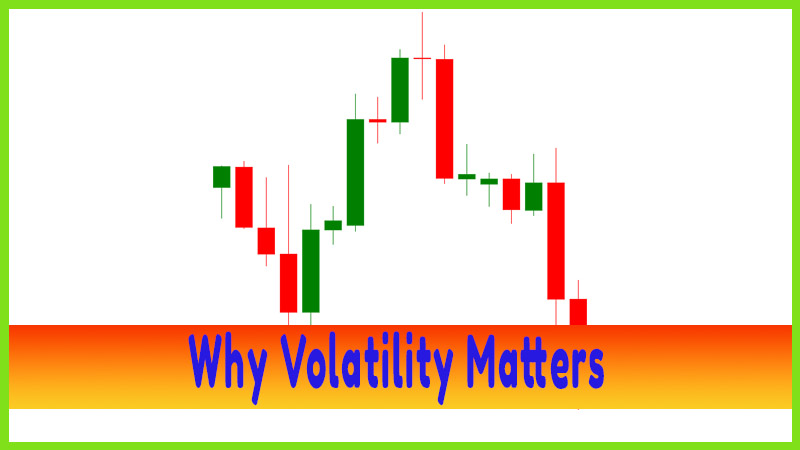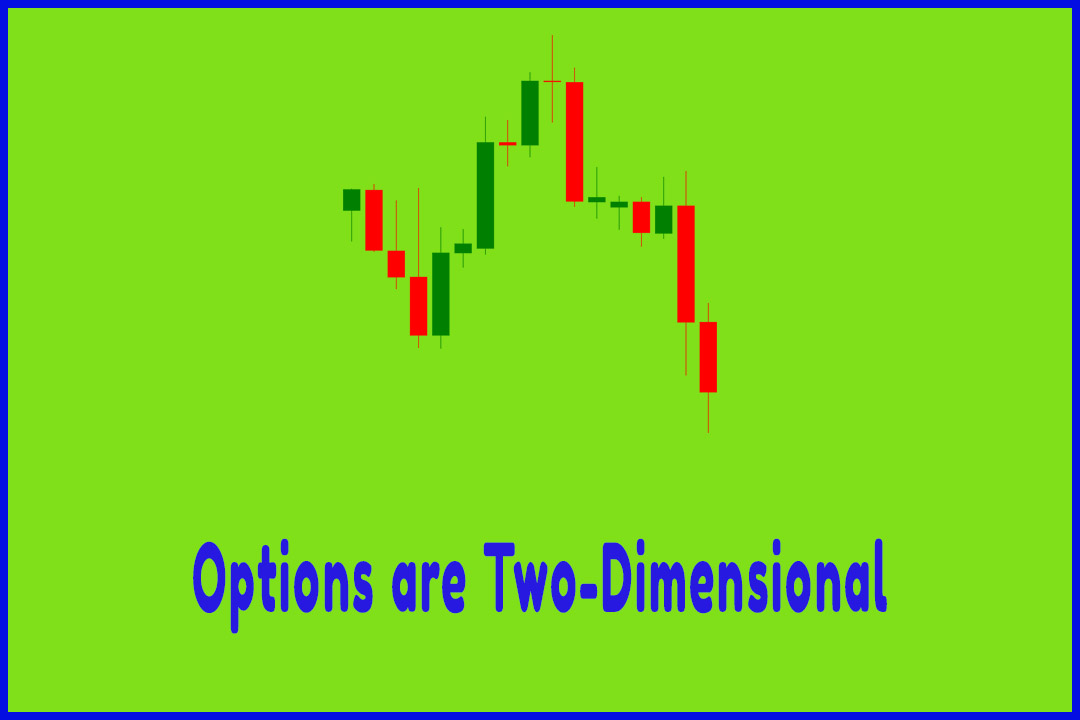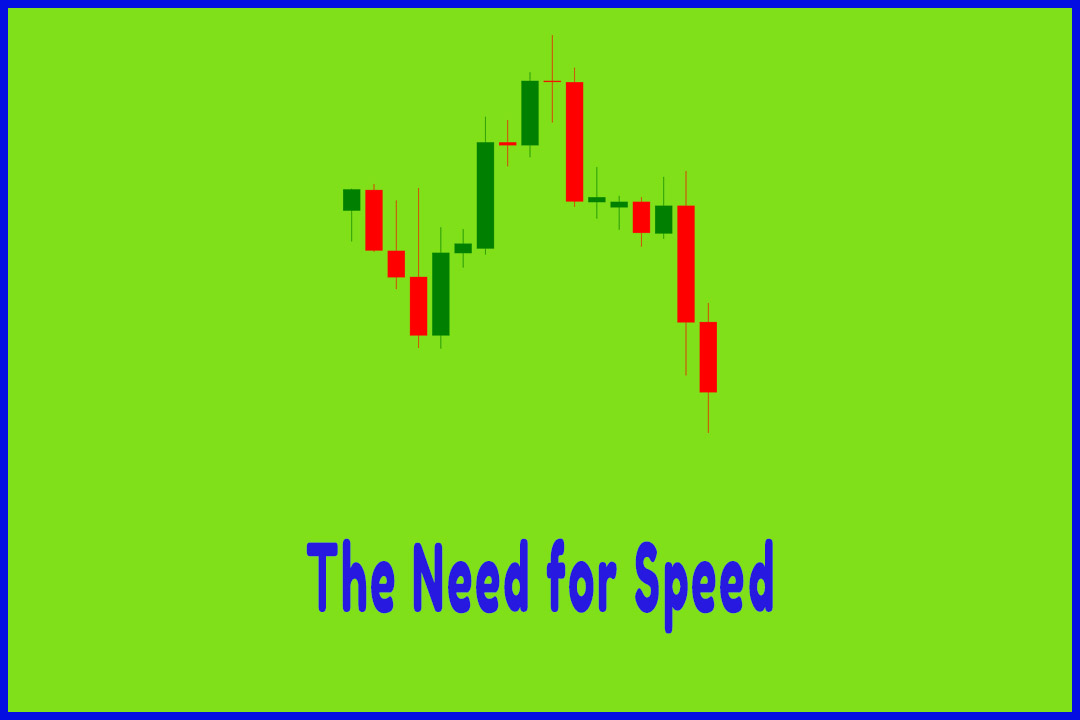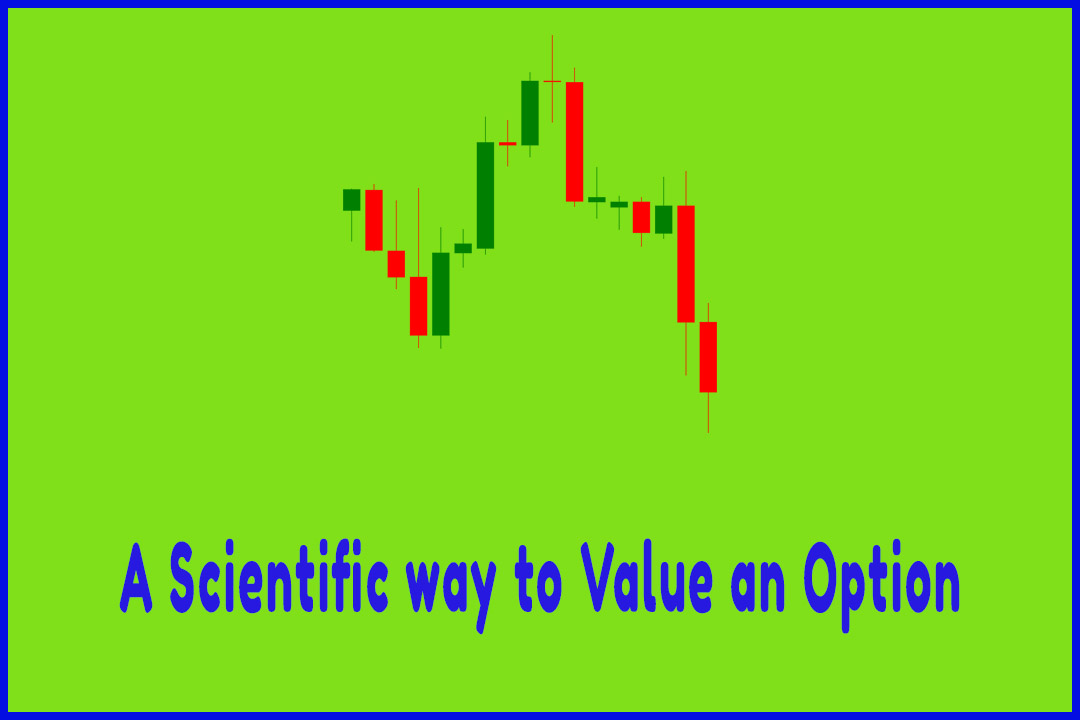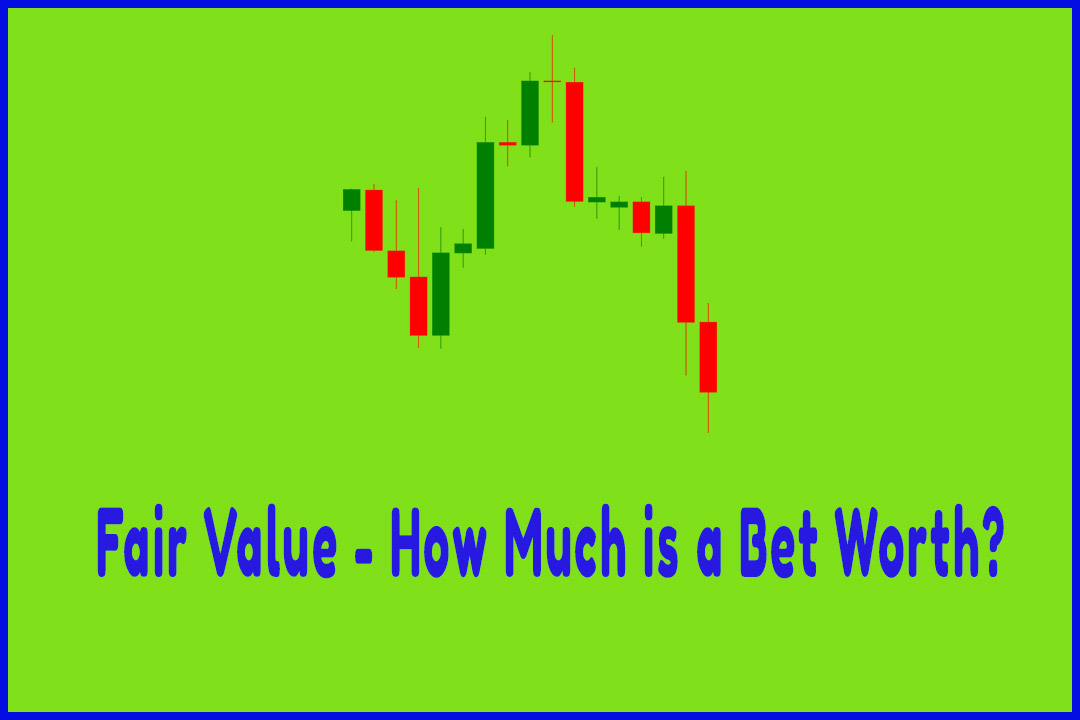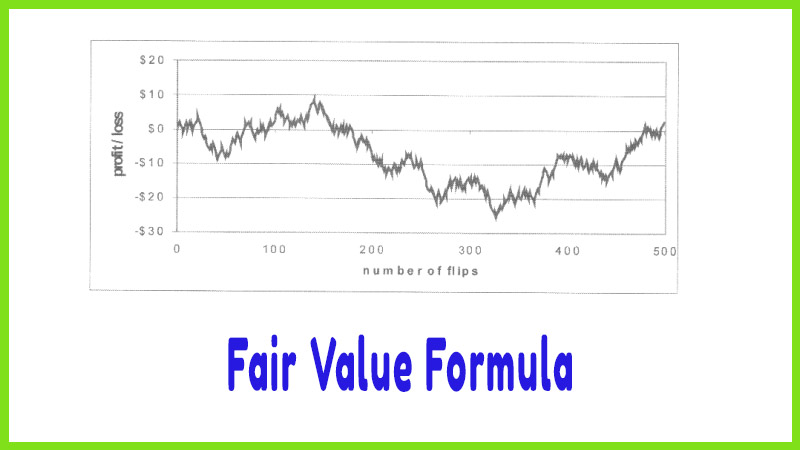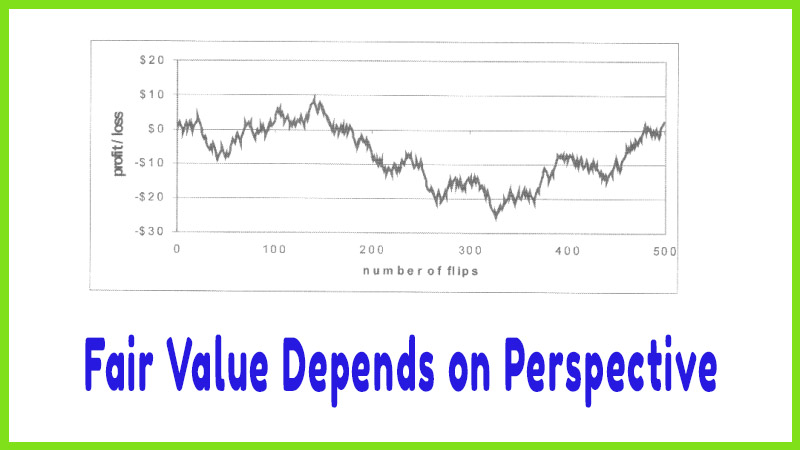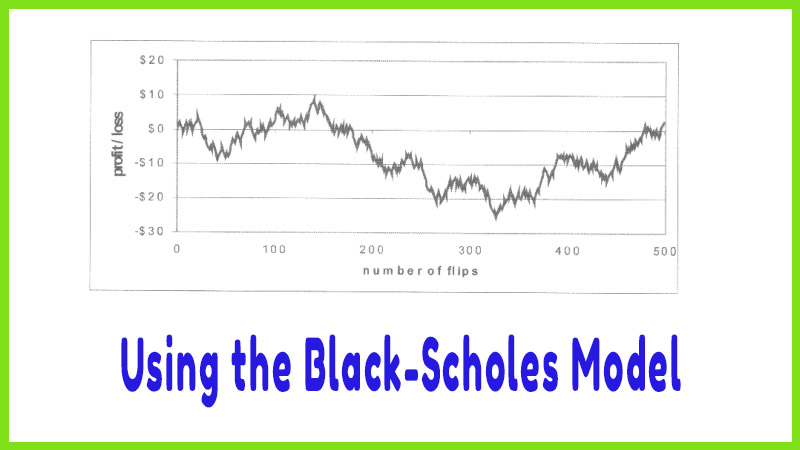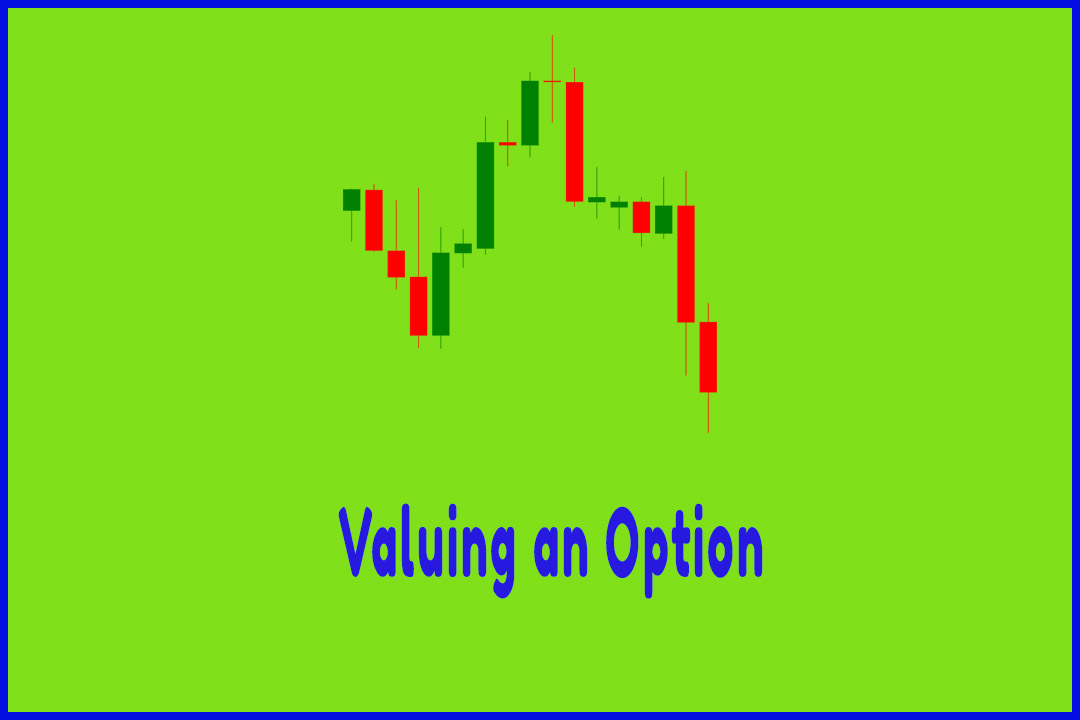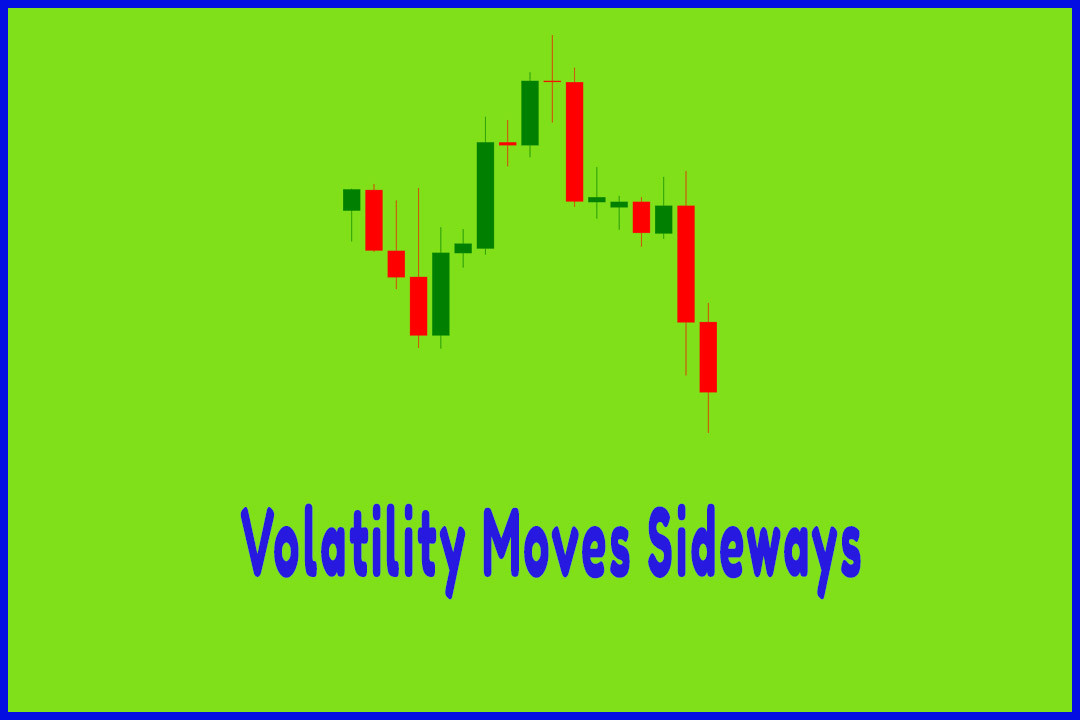Using Candlesticks with Options
option trading guidelines, option trading requirements, option trading good for beginners, best option stocks for beginners
Course: [ How To make High Profit In Candlestick Patterns : Chapter 6. Option Trading with Candlestick Signals ]
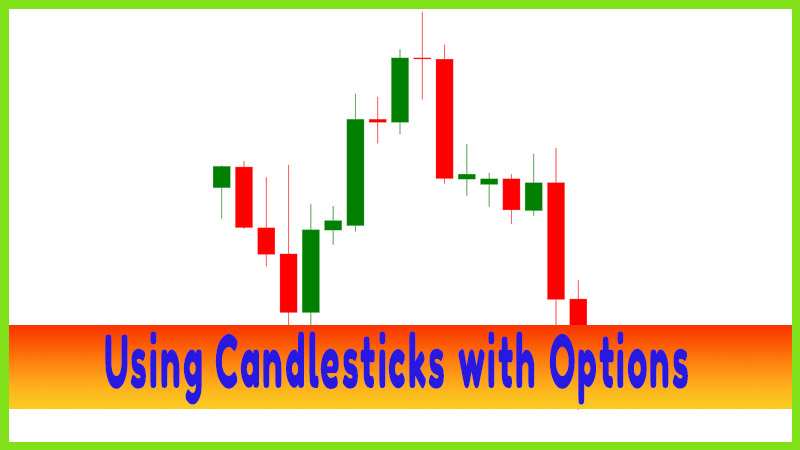
Option trading cannot be reduced to this same simplistic approach. The reason is, while an option’s price is sensitive to the direction of the stock’s price, it is also sensitive to the volatility of the underlying stock.
Using Candlesticks with Options
In the
mid-1700s, a man named Munehisa Honma had a prominent rice farming estate and,
consequently, had considerable influence over the rice market. Through years of
trading the rice markers, Honma discovered that, while supply and demand
played a role in determining price, the markets were also strongly influenced
by the emotions of traders. In other words, traders emotions could cause
significant changes in supply and demand. Honma found that traders could
benefit from understanding emotions. Through his analysis, Honma brought to us
one of the most important insights to trading: There can be a vast difference
between the price of rice and the value. Hundreds of years later,
the legendary investor Warren Buffett came to the same realization when he
said, “Price is what you pay. Value is
what you get.”
While the
words “price” and “value” are often used interchangeably in
everyday communication, there is a big difference between them when it comes to
investing or trading - as Honma and Buffett have figured out. The price of a
financial asset can be found by looking at the current market quote but the
value is a subjective measure. Value is something that exists in the trader’s
mind and is an assessment of whether the price reflects a good deal.
Here is
an example that demonstrates the difference between price and value. Assume you
are a currency trader and think the yen will rise against the dollar and you
wish to buy one million yen to capitalize on your outlook. Another trader
offers you one million yen in exchange for 7,000 British pounds. Should you
take the trade? Note that 7,000 pounds is the price for one million yen - it is
what you have to give up in order to buy the yen. However, it should be evident
from this example that it may not be a good deal since the value between the
two currencies could be vastly different. In order to check, we can convert the
two currencies into dollars and then make comparisons. At the time of this
writing, 7,000 pounds were equal to $13,440 and one million yen were equal to
$9,615. Now it is easy to compare the two currencies and we can see that it is
not a good deal to give up something worth $13,440 in exchange for something
worth $9,615. In other words, 7,000 pounds is too high of a price to pay for
one million yen since there is not an equal amount of value between the two
currencies.
But there
is something more troubling about the trade than the fact that price is higher
than the value. Notice that if you pay 7,000 pounds for one million yen you
could still end up losing money - even if your outlook is correct and the yen
rises against the dollar. You could lose on this trade because the rise in the
yen may not be enough to offset the high price paid to acquire the yen.
When it
comes to trading stocks, there is only one thing that a trader needs to know to
determine if a particular stock is a good value; that is, the future direction
of the stock’s price. That is exactly what candlestick charting helps a trader
identify. Unfortunately, most option traders take this same approach when it
comes to trading options. They see an option as nothing more than a leverage
substitute for stock. If they think the stock will rise, they buy calls; if
they think it will fall, they buy puts.
But
option trading cannot be reduced to this same simplistic approach. The reason
is, while an option’s price is sensitive to the direction of the stock’s price,
it is also sensitive to the volatility of the underlying stock. Volatility is
simply a mathematical measure of the price swings exhibited by the closing
prices. In mathematical terms, volatility is the standard deviation of stock
price returns. If there are large price changes from day to day, we say that is
a volatile stock. If the price changes are relatively small then the stock is
not volatile. It is not important to understand the mathematics involved in
measuring the volatility of a stock but the ability to interpret those numbers
is of utmost importance for an options trader.
As odd as
it may sound, knowledge that a stock is moving higher is of little use to an
options trader. In order for that information to become useful, we must also
know how quickly the stock will move.
How To make High Profit In Candlestick Patterns : Chapter 6. Option Trading with Candlestick Signals : Tag: Candlestick Pattern Trading, Option Trading : option trading guidelines, option trading requirements, option trading good for beginners, best option stocks for beginners - Using Candlesticks with Options
